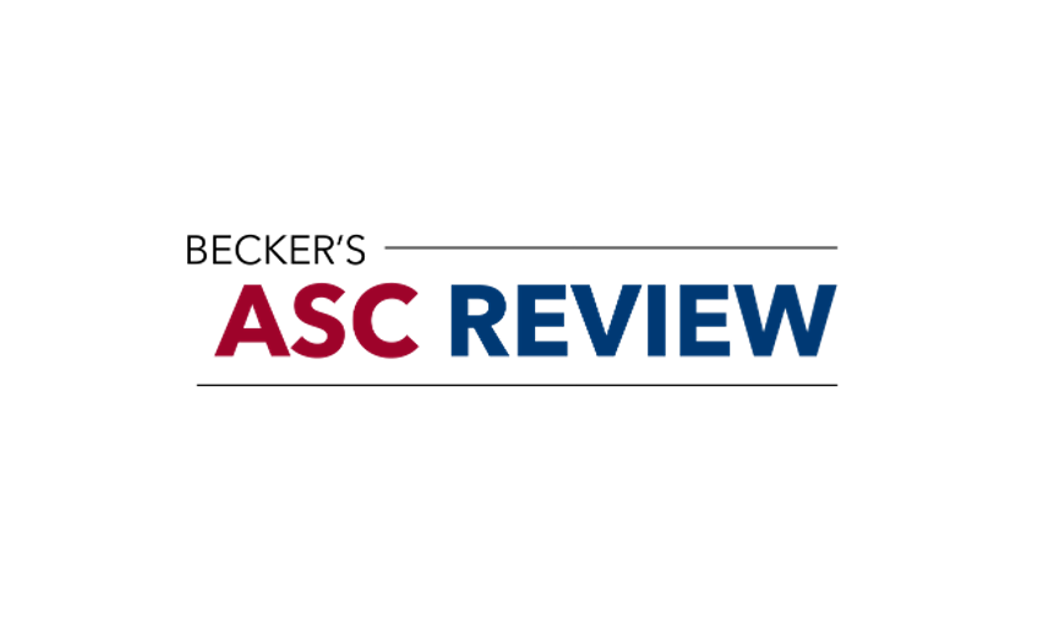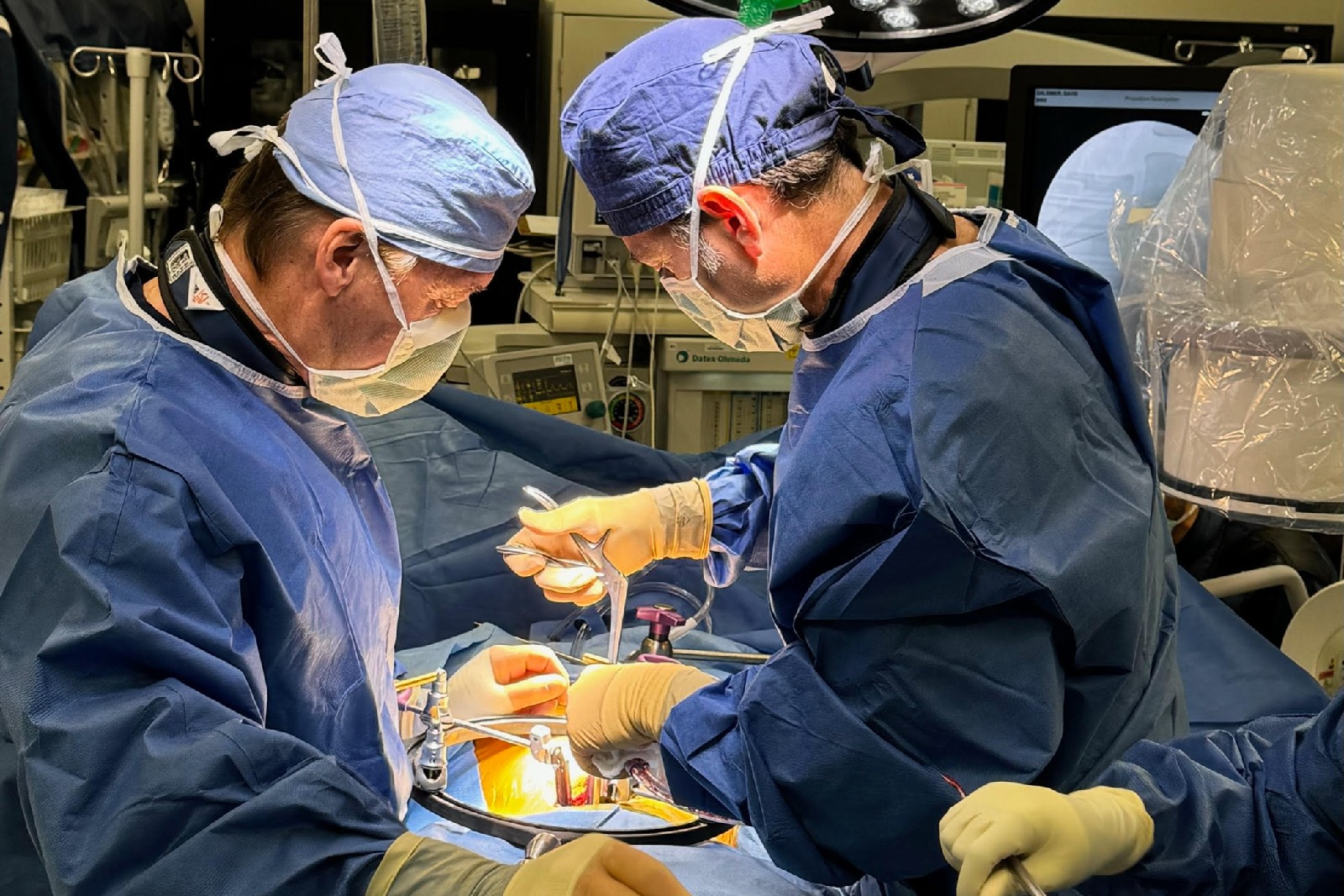The Pros and Cons of Lumbar Disc Replacement (Also known as Total Disc Replacement (TDR), Total Disc Arthroplasty (TDA), or Artificial Disc Replacement (ADR))

Lumbar disc replacement surgery offers a promising alternative to traditional treatments for debilitating back pain and limited mobility by replacing damaged discs with artificial implants. While it preserves motion and flexibility, unlike spinal fusion, it comes with its own set of considerations. In this comprehensive overview, we explore the benefits and drawbacks of lumbar disc replacement, guiding patients through the decision-making process. With expertise from Dr. Cuellar, a leading authority in spinal care across Palm Beach County, Jupiter, and Miami, patients can make informed choices about their spinal health, understanding when this surgical intervention is necessary or advisable.
Advantages and Pros of Lumbar Disc Replacement
Lumbar disc replacement surgery offers several significant advantages that contribute to improved spinal health and overall well-being.
- Restoring Spinal Harmony: By replacing damaged discs with artificial implants, lumbar disc replacement restores stability and flexibility in the spine. Patients often experience enhanced mobility and reduced pain, leading to improved quality of life.
- Long-Term Wellness Benefits: One of the key benefits of disc replacement is the preservation of adjacent discs. Unlike traditional treatments like spinal fusion, which may accelerate degeneration in neighboring discs, lumbar disc replacement helps maintain spinal health over the long term.
- Durability and Fewer Surgeries: Artificial discs are designed to be durable, reducing the likelihood of future disc-related issues and the need for additional surgeries. This can lead to significant cost savings and a lower risk of complications for patients.
- Regaining Movement Quickly: Patients who undergo lumbar disc replacement typically experience faster recovery of movement compared to those undergoing other procedures such as spinal fusion. This allows for a quicker return to normal activities and a higher level of function.
- Swift Recovery Process: Lumbar disc replacement is a minimally invasive procedure, resulting in less tissue damage and a shorter recovery time. Many patients are able to resume their daily activities within a few weeks of surgery, compared to the longer recovery period associated with traditional treatments.
- Improved Quality of Life: Beyond the physical benefits, lumbar disc replacement often leads to a significant improvement in overall quality of life. Patients report reduced pain, increased mobility, and the ability to engage in activities they once enjoyed, allowing them to lead fuller, more active lives.
Considerations, Risks, and Cons of Lumbar Disc Replacement
Before undergoing lumbar disc replacement surgery, it’s essential for patients to understand the potential risks and drawbacks associated with the procedure.
- Surgical Risks: Like any surgical procedure, lumbar disc replacement carries certain risks. These may include infection, bleeding, nerve damage, or adverse reactions to anesthesia. Patients should discuss these potential complications with their surgeon and weigh them against the expected benefits of the surgery.
- Allergic Reactions and Artificial Discs: Some patients may experience allergic reactions to the materials used in artificial discs. This is very rare. If you have a known metal allergy or sensitivity, pre-operative metal allergy testing can be performed to ensure the implant will not be rejected.
- Potential for Revision Surgeries: While lumbar disc replacement is intended to be a long-term solution for disc-related issues, there is a possibility that additional surgeries may be needed in the future. Patients should be aware of the potential for revision surgeries and discuss this possibility with their surgeon.
- Financial Implications and Coverage: Lumbar disc replacement surgery can be costly, and patients should consider the financial implications before proceeding with the procedure. It’s essential to explore insurance coverage options, as well as any financial assistance programs that may be available to help offset the costs.
- Long-Term Outcomes and Considerations: Patients should also consider the long-term implications of lumbar disc replacement, including the potential for adjacent segment degeneration and other complications. It’s important to have realistic expectations about the outcomes of the surgery and to discuss any concerns with your healthcare provider.
By understanding these considerations and discussing them thoroughly with their healthcare team, patients can make informed decisions about whether lumbar disc replacement is the right choice for them.
Making an Informed Decision About Disc Replacement Surgery
Before undergoing lumbar disc replacement surgery, it’s crucial for patients to understand the criteria used to determine their suitability for the procedure. This involves a comprehensive evaluation of their physical condition, medical history, and specific spinal issues. Factors such as the extent of disc degeneration, the presence of spinal instability, and overall spinal health are carefully assessed to ensure that patients are appropriate candidates for disc replacement.
Lumbar Disc Replacement vs. Alternatives
Patients considering lumbar disc replacement surgery may also want to explore alternative treatment options to address their spinal issues. It’s essential to compare the pros and cons of disc replacement with other interventions, such as conservative therapies like physical therapy, medications, or spinal injections, as well as surgical alternatives like spinal fusion. Each treatment option has its own set of benefits and risks, and patients should carefully consider which approach aligns best with their individual needs and treatment goals.
Balancing the Benefits and Risks
Ultimately, the decision to undergo lumbar disc replacement surgery requires careful consideration of the potential benefits and risks. While disc replacement offers the potential for improved spinal function, reduced pain, and faster recovery compared to other surgical procedures, it also carries certain risks and may not be suitable for everyone. Patients are encouraged to engage in open and honest discussions with their healthcare providers, ask questions, and thoroughly weigh the benefits and risks before making a decision. By taking an active role in the decision-making process and seeking guidance from experienced spine specialists like Dr. Cuellar, patients can make informed choices that prioritize their long-term spinal health and overall well-being.
Expert Insights from Cuellar Spine: The Top Destination for Lumbar Disc Replacement in Palm Beach County
Meet Dr. Cuellar
Dr. Jason M. Cuellar is a renowned expert in lumbar disc replacement, with extensive experience and expertise in treating spinal disorders. As a board-certified orthopedic spine surgeon, Dr. Cuellar is dedicated to providing exceptional care to his patients, offering personalized treatment plans tailored to their unique needs and goals. With a focus on advanced surgical techniques and minimally invasive procedures, Dr. Cuellar strives to achieve optimal outcomes for each patient undergoing lumbar disc replacement surgery.
Why Local Residents Choose Dr. Cuellar’s Care
Local residents in Palm Beach County choose Dr. Cuellar for lumbar disc replacement surgery due to the exceptional quality of care and personalized attention he provides. With convenient locations in Jupiter, Miami, and Palm Beach Gardens, patients can access world-class medical facilities and receive comprehensive spine care close to home. Dr. Cuellar’s commitment to excellence, combined with his advanced treatment options and compassionate approach, makes him the preferred choice for patients seeking relief from lumbar disc issues. Whether you’re dealing with chronic back pain or considering lumbar disc replacement surgery, Dr. Cuellar and his team at Cuellar Spine are here to help you regain mobility and improve your quality of life. Schedule a consultation today to explore your treatment options and take the first step towards a healthier, pain-free spine.
FAQs
Who is not a good candidate for lumbar disc replacement?
Not all patients are suitable candidates for lumbar disc replacement. Those with severe spinal deformities, active infections, or insufficient bone density may not be suitable candidates for this procedure.
What is the life expectancy of an artificial disc?
The life expectancy of an artificial disc varies depending on factors such as the patient’s age, lifestyle, and activity level. However, most artificial discs are designed to last for decades, providing long-term relief for patients with lumbar disc issues.
What are the potential alternatives to lumbar disc replacement?
Alternative treatments for lumbar disc issues include conservative measures such as physical therapy, medication, epidural steroid injections, and spinal fusion surgery. These options may be considered based on the severity of the condition and the patient’s overall health.
What is the success rate of lumbar disc replacement?
The success rate of lumbar disc replacement surgery is generally high, with many patients experiencing significant improvement in symptoms and quality of life. However, success rates can vary depending on factors such as the patient’s condition, the skill of the surgeon, and the type of artificial disc used.
How painful is a lumbar disc replacement?
Lumbar disc replacement surgery is typically associated with some degree of discomfort during the recovery period. However, advancements in surgical techniques and pain management protocols have helped to minimize post-operative pain, allowing patients to manage their discomfort effectively.
What is the recovery time for a lower back disc replacement?
The recovery time for a lower back disc replacement varies depending on factors such as the patient’s overall health, the extent of the surgery, and the type of artificial disc used. In general, patients can expect to gradually resume normal activities within a few weeks to months following surgery, with full recovery typically achieved within 3-4 months. Physical therapy and rehabilitation exercises may be recommended to aid in the recovery process.
More News & Insights from Cuéllar Spine
Exploring the Success Rates and Benefits of Laminectomy Without Fusion Surgery
Lumbar disc replacement surgery offers a promising alternative to traditional treatments for debilitating back pain and limited mobilit
The State of Outpatient Spine Surgery in 4 Studies
Outpatient spine surgery is growing, and its outlook suggests the trend will likely continue. Here are four studies illustrating the st
The Pros and Cons of Lumbar Disc Replacement (Also known as Total Disc Replacement (TDR), Total Disc Arthroplasty (TDA), or Artificial Disc Replacement (ADR))
Lumbar disc replacement surgery offers a promising alternative to traditional treatments for debilitating back pain and limited mobilit
10 Signs You May Need Revision Spine Surgery
Revision spine surgery, also known as secondary spine surgery, plays a crucial role in addressing persistent or recurrent spinal condit
Lumbar Total Disk Replacement Device Removals and Revisions Performed During a 20-Year Experience with 2141 Patients
This was a retrospective study with prospective patient contact attempted to collect current data.
36-Year-Old Male with History of Neck Pain
36-Year-Old Male with History of Neck Pain Radiating Into Both Shoulders, Numbness in Radial 3 Fingers of Both Hands
Problems with Artificial Disc Replacement
Artificial disc replacement (ADR), also known as total disc replacement (TDR), has emerged as a revolutionary approach in the field of
Top 5 Ways a Spinal Surgeon Can Help with Neck Pain
It is easy to take the movement in our necks for granted - and yet, when we are in pain, our neck flexibility can become extremely limi
ADR Spine Announces the Inclusion of Four Surgeons to Its National Top Doctors in Arthroplasty Program
ADR Spine Welcomes Elite Physicians to Top Doctors in Arthroplasty Program









